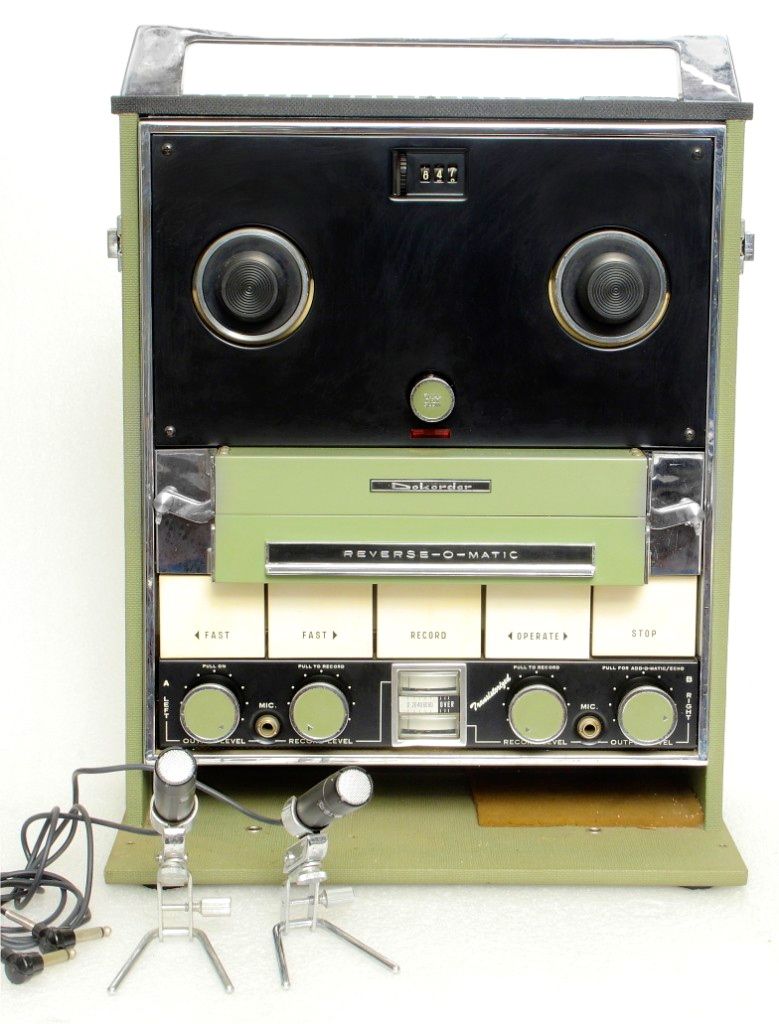

Advertises in the American mag -Electronics with headline “Why not buy Akai technology?” generating inquiries from 5 interested companies. Changes the name to Akai Electric Companyġ953-54 Akai begins to export goods bypassing wholesalers. Post WW2– Saburo employed as an engineer at Sawafujiġ947– Saburo Akai buys the Kamata plant from Sawafuji. WW2– Masukichi sells premises and equipment to Sawafuji Electric Co Museum of magnetic sound recording – Teacġ929– founded by Masukichi Akai in 1929 as a manufacturer of radio componentsġ930’s– Business prospered while Masukichi’s eldest son, Saburo, grew up in the factoryġ933– Father/Son team move their facilities from backyard premises to a new factoryġ939– Ten days after getting married Saburo Akai (Son) receives his military enlistment papers TEAC – The History of Recording and Sound Perhaps we will build out a more definitive history, when more unique information becomes available. There seems to be a fair bit of duplication on the Teac history story and it seemed best at this point to put forth a variety of links to some of the better efforts to capture the interesting story. Some record companies reported over 50% of their sales were in cassettes around that time.ġ982 Sony introduced the Digital Audio Stationary Head (DASH) standard for multitrack studio recording and mastering, makes 2 DASH recorders, the 24 track PCM3324S and the 48 track PCM3348HR Less The Walkman was wildly successful across a huge number of models and has been given credit for keeping analog alive with prerecorded tapes achieving sales levels in the mid-80s that were previously unheard of.

TAPEDECK RECORDER PORTABLE
This model used the compact cassette format and was very small and portable for its time.ġ975 Sony launched the Betamax videocassette recording formatġ977 Sony made its last reel to reel tape recorder, the TC-765, which would continue to be sold into the early 80sġ979 The Sony Walkman was introduced, using the compact cassette format.

Developed for the home, it used buttons instead of levers and was affectionately known as “Three Sevens”ġ964 Sony launched the TC-263D reel-to-reel recorder with the familiar vertical form factorġ969 Sony introduced the TC-1150 tape recorder with a built-in condenser mic. The 553 recorder was the first Sony reel to reel sold in Americaġ959 Sony introduced the Model 101, a version of the H Type that was more compact and used 7-inch reelsġ960 Sony co-founder Akio Morita founded Sony Corporation of Americaġ961 Sony introduced the TC-777, the first fully transistorized Japanese reel-to-reel recorder with a built-in amp. The name is a mix of the Latin word “Sonus” and “Sonny”, a familiar American term at the time. It was the first small tape recorder designed for the consumer market and was the start of the mass produced Sony electronic productsġ955 The first Sony-branded product, the TR-55 transistor radio introducedġ950’s Sony’s TR-63 radio sold an estimated 100,000 units from 1955-1968ġ957 The company name was officially changed to Sony. Radio programs that interviewed ordinary people on the street using the M Type enjoyed a surge in popularity.ġ954 Sony introduced the TC-301.
TAPEDECK RECORDER PROFESSIONAL
It included an external mic and came in a suitcase-like bodyġ952 Sony introduced the Type M, a p ortable recorder developed for professional broadcast use.

The company built Japan’s first tape recorder prototype called Soni-Tapeġ950 Sony launched Japan’s first tape recorder, the “G type.” Called “G” type because it was sold mostly to the government under the trademark name of ” Tapecorder”ġ951 Sony introduced a portable version of the G Type recorder, the Type H. The company began experimenting with wire recording and were able to see a demonstration of a WilcoxGay tape recorderġ947 Masaru Ibuka founded Tokyo Tsushin Kogyo (Tokyo Telecommunications Engineering Corporation).ġ949 Sony concentrated the business on making magnetic tape for recording. Initial products included electric rice heaters and heating pads. 1946 Masaru Ibuka started an electronics shop in a department store building in Tokyo.


 0 kommentar(er)
0 kommentar(er)
